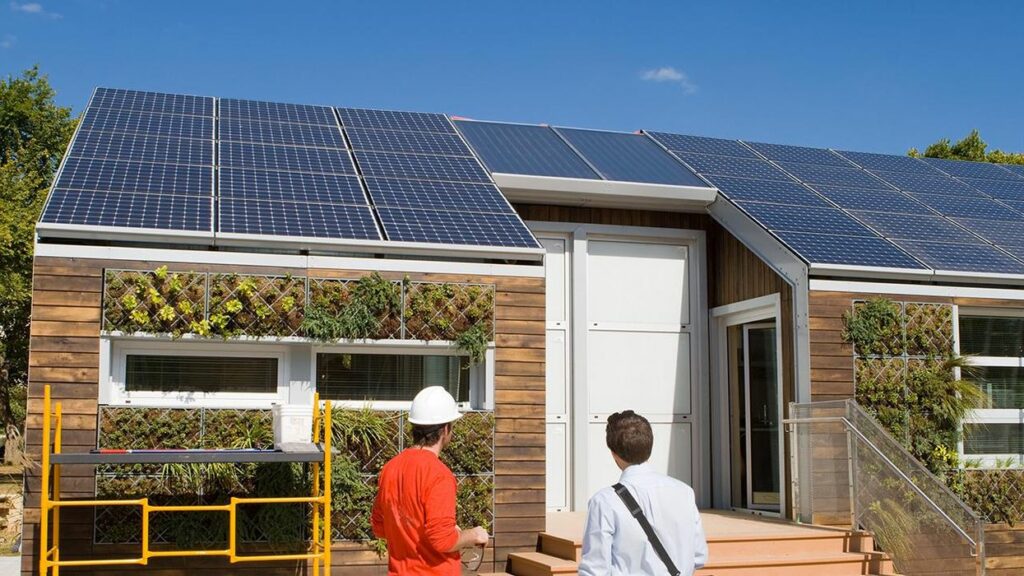Solar energy is available every day, even on cloudy days. U.S. Government encourages Americans to use this pollution-free and renewable power source that causes no greenhouse gases.

In addition, the federal residential solar energy offers a financial incentive in the form of tax credit that you can claim on the amount of income tax when you install a solar photovoltaic (PV) system on your house.
Benefits of adopting solar electricity system
- Tax credit and lower electricity bills are the significant benefits of switching to the solar energy source.
- Lawrence Berkeley National Laboratory reports that installing solar equipment on your house increases the value by about $15000__ compared to a selling price house without a PV system.
- Solar panels are portable __ you can install on a houseboat, rooftop, yard, or anywhere __where there is direct sunlight.
- Electricity bill rates become higher during peak hours. You can cut this cost altogether because solar panels generate maximum direct power in those peak hours.
- There is minimum energy loss to transport the electricity to the destination due to the small distance between panels to appliances.
- Installing a solar system create thousands of job in the local market.
- There is no noise of producing solar electricity.
- No greenhouse gases effect
- No carbon emission
How to calculate tax credit?
Tax credit amounts vary from year to year. Solar equipment placed in service between:
- 2017- 2019 is eligible for 30% tax credit
- 2020 – 2022 is eligible for a 26% tax credit
- 2023 is eligible for a 22% tax credit
The tax credit is the percentage amount of cost of installing a solar system that is 26% __ the years 2020-2022. For instance, if a solar system installed on a rooftop of your house costs you $10,000, you can claim a $2600 tax credit.
